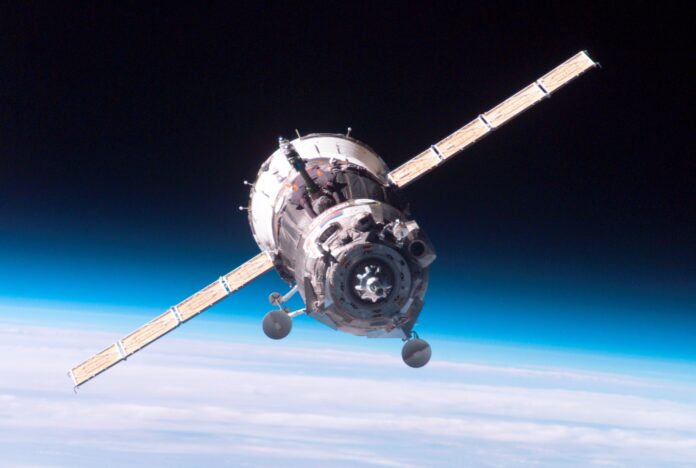The first Soyuz rocket launched from the Baikonur Cosmodrome on November 28, 1966, beginning a remarkable 50-year history that saw it emerge as the go-to spacecraft for international missions.
The Soviet Union’s ambition to maintain its position in the Space Race ultimately led to the construction of the Soyuz rocket.
The Soyuz rocket was the Soviet reaction after US President John F. Kennedy declared his plan to send a man to the Moon in May 1961. As we now know, it would outlive every other space-faring rocket of its time.
The rocket was created in the early 1960s by the Sergei Korolev-led OKB-1 space engineering company.
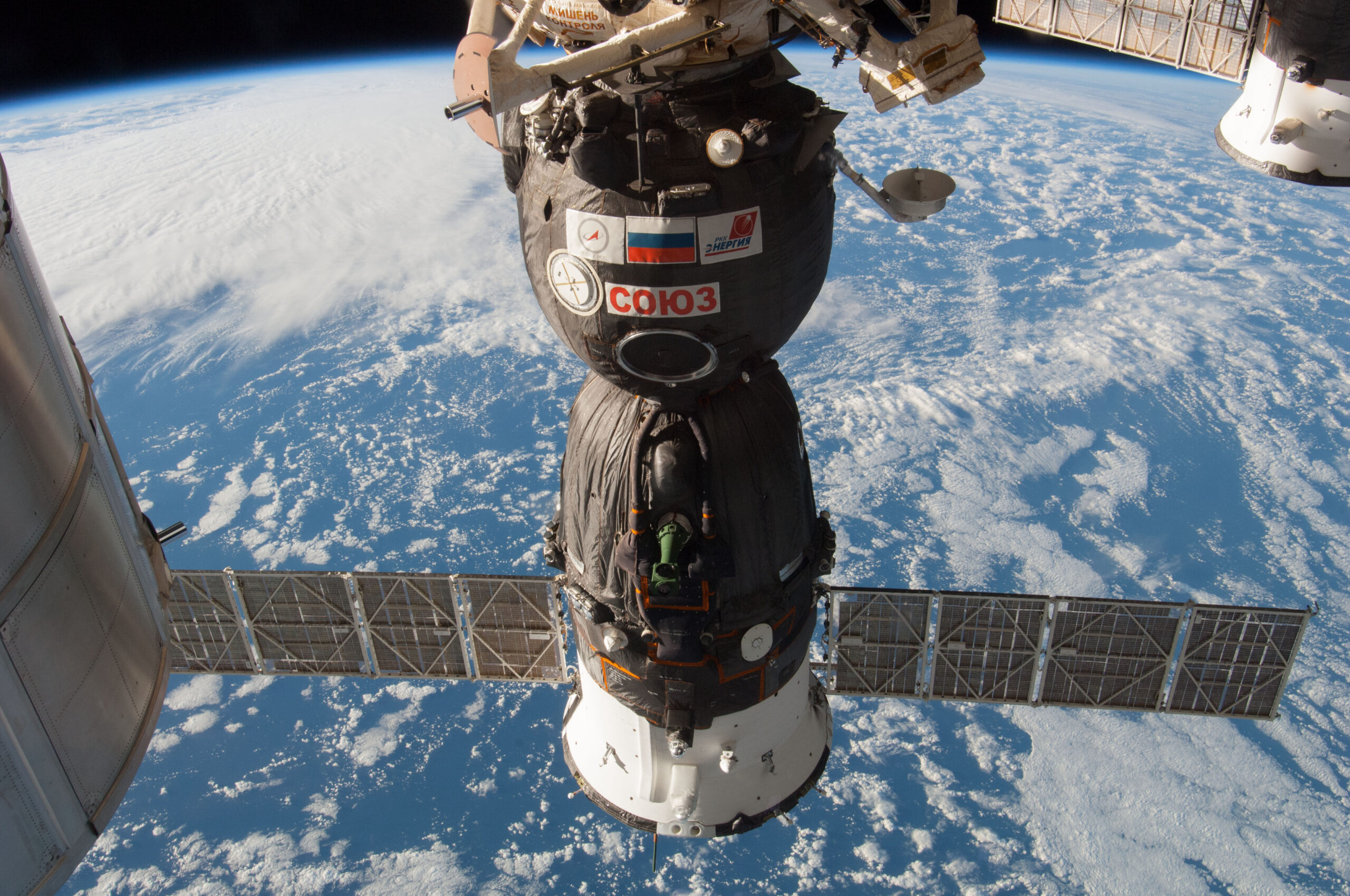
The R-7, the first intercontinental ballistic rocket ever built, was created by Korolev a decade earlier, and it served as the inspiration for the building of the Vostok rocket, which launched Yuri Gagarin into orbit in April 1961.
Within a five-year period, he would build the Voskhod and Soyuz rockets from Vostok.
Two cosmodromes, Baikonur in Kazakhstan (at the time a Soviet republic) and Plesetsk in northwest Russia, were also developed during this time.
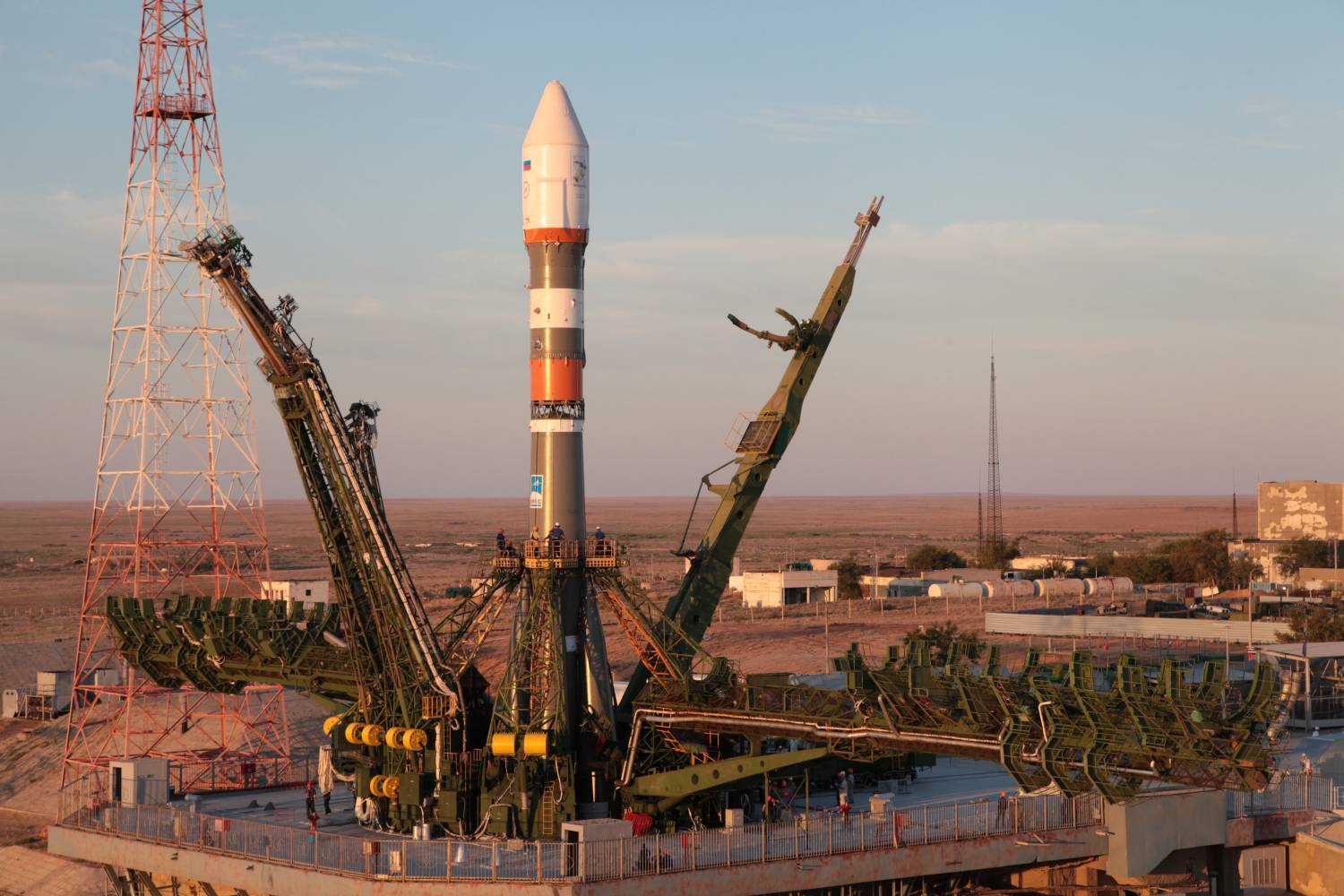
Korolev passed away in January 1966, never witnessing the launch of the Soyuz rocket. His invention was revolutionary, particularly in the manner in which it launched.
Korolev and engineer Valentin Glushko created a three-stage launch procedure because empty compartments add dead weight to a rocket as it burns through fuel. This was made possible by the five-booster configuration that gives the Soyuz rocket its distinctive flared shape.
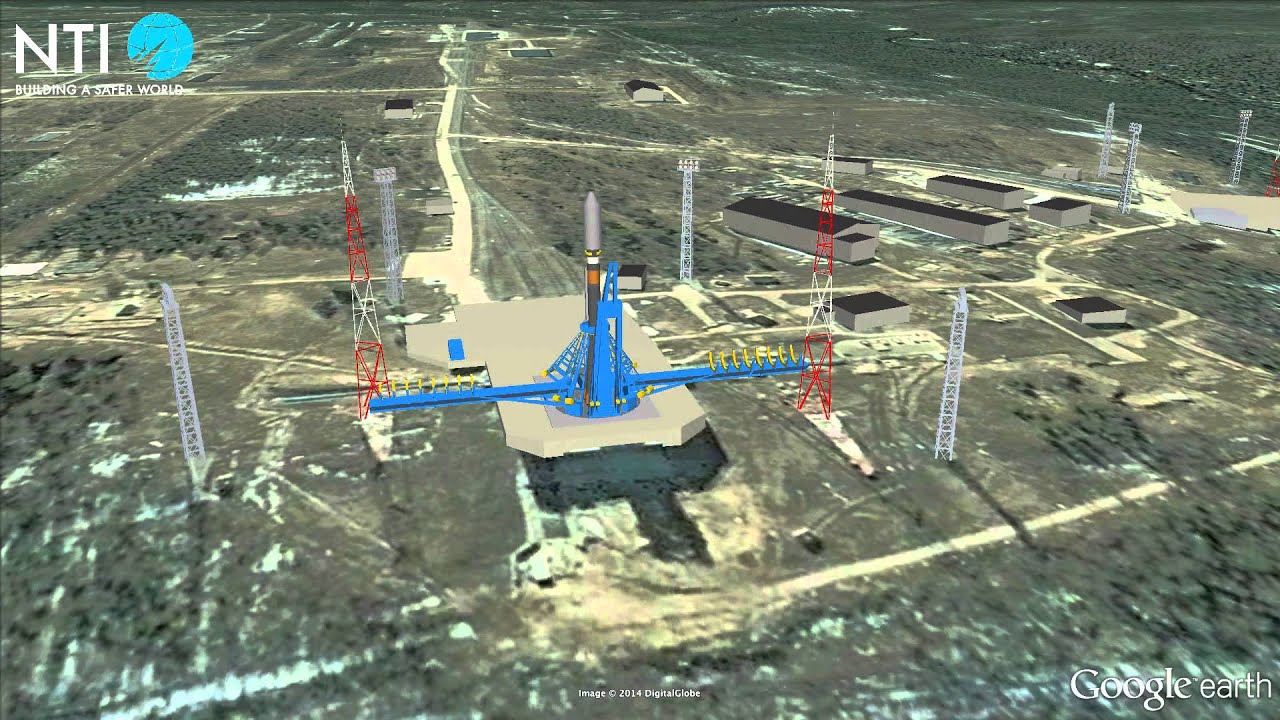
Four outside boosters burn down their fuel during takeoff, then separate when they are about 40 km above the earth, leaving a central core booster to launch the rocket into the air.
Soon after, the second stage rocket and the shield protecting the cargo are both discarded, allowing the third stage, which is already 170 kilometres above Earth, to continue burning.
The Soyuz spacecraft, which shares the same name as its launch rocket, proceeds toward its target after detaching its final engine when it is around 220 kilometres high in low-Earth orbit.
The Soyuz rocket was taken to the test soon after it was developed.
On March 16, 1966, the US accomplished the first docking of two spacecraft, one of which was unmanned. The Soviet Union was not to be outdone.
However, their initial docking effort would go horribly wrong. On April 23, 1967, the Soyuz made its first manned flight. Colonel Vladimir Komarov was scheduled to dock with a second spacecraft, but problems forced the mission to be cancelled.
In an attempt to re-enter the atmosphere, Komarov’s spacecraft’s parachute malfunctioned, killing him as his capsule fell to Earth.
The following attempt took place on October 25, 1968. Georgi Beregevoi succeeded in approaching his goal by 200 metres, but he was unable to dock.
On January 16, 1969, Soyuz astronauts Yevgeni Khrunov and Alexei Yeliseyev successfully completed the first docking between two human spacecraft, transferring from one craft into another piloted by Vladimir Shatalov.
The strength of the Soyuz developed along with Soviet aspirations. The Soviet lunar lander was launched into low-Earth orbit on November 24 by a Soyuz-L rocket in preparation for a trip to the Moon.
Although the Soyuz-L only made three flights between November 1970 and August 1971, it had stronger boosters to carry the lunar lander, and its design had an impact on the Soyuz-U rocket, which is still used to launch the International Space Station today.
With the Soyuz rocket at its core, the Soviet space programme continued to grow, but tragedy was not far away.
Three cosmonauts were launched aboard a Soyuz rocket on April 22, 1971, to Salyut 1, the first space station of any type. However, they were unable to dock because of a problem, and the mission had to be aborted.
During the subsequent Soyuz 11 mission, docking was accomplished on June 7th. However, a failure on the way back to Earth towards the end of the month caused a sudden loss of atmosphere in the descent module, which resulted in the death of all three crew members.
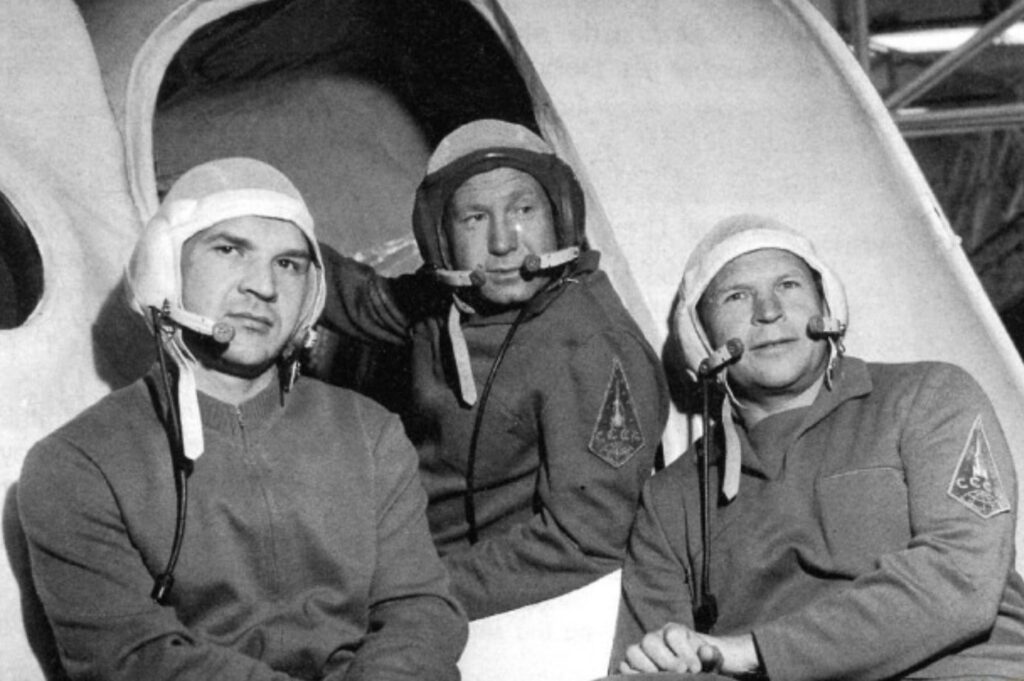
Vladislav Volkov, Georgi Dobrovolski, and Viktor Patsayev were shielded from depressurization but not from space radiation.
Due to the mishap, cosmonauts would have to don spacesuits throughout all subsequent trips.
Cosmonauts Alexei Leonov and Valery Kubasov paid a visit to NASA’s Johnson Space Center in Texas in July 1973 to get ready for Apollo-Soyuz, the first international spacecraft docking.
The two Cold War nations’ figurative and actual handshake marked a turning point in spaceflight.
Both the US and the Soviet Union collaborated on the docking module, and each crew was fluent in the other’s language.
The Apollo-Soyuz mission’s test flight of the Soyuz-U rocket took place on December 2, 1974.
Thomas Stafford, the captain of the Apollo spacecraft, responded “A, zdravstvuite, ochen rad vas videt” (Ah hello, very glad to see you) to Soyuz commander Alexei Leonov’s greeting of “glad to see you” during the successful docking on July 17, 1975.
Although the incident did little to ease Cold War tensions, the docking still served as a forerunner to the Soyuz rocket’s widespread deployment today.
A rocket with a history as long as the Soyuz must have some flaws, but improvements and developments proceeded throughout the decade.
On September 26, 1983, as they were seated in the spacecraft atop a Soyuz-U rocket getting ready for a mission to maintain the Salyut 7 space station, Commander Vladimir Titov and Gennady Strekalov were mere seconds away from tragedy.
The spaceship caught fire after fuel spilled, igniting the control wires for its automated ejector escape system.
Just seconds before it detonated, mission control manually engaged the escape system, launching the spacecraft and its occupants 4 kilometres away from the towering inferno and saving the lives of the two cosmonauts.
Unfazed, the Soviets kept launching the Soyuz-U rocket into space, and on November 2, 2000, it would bring Expedition 1, the first permanent crew to the International Space Station.
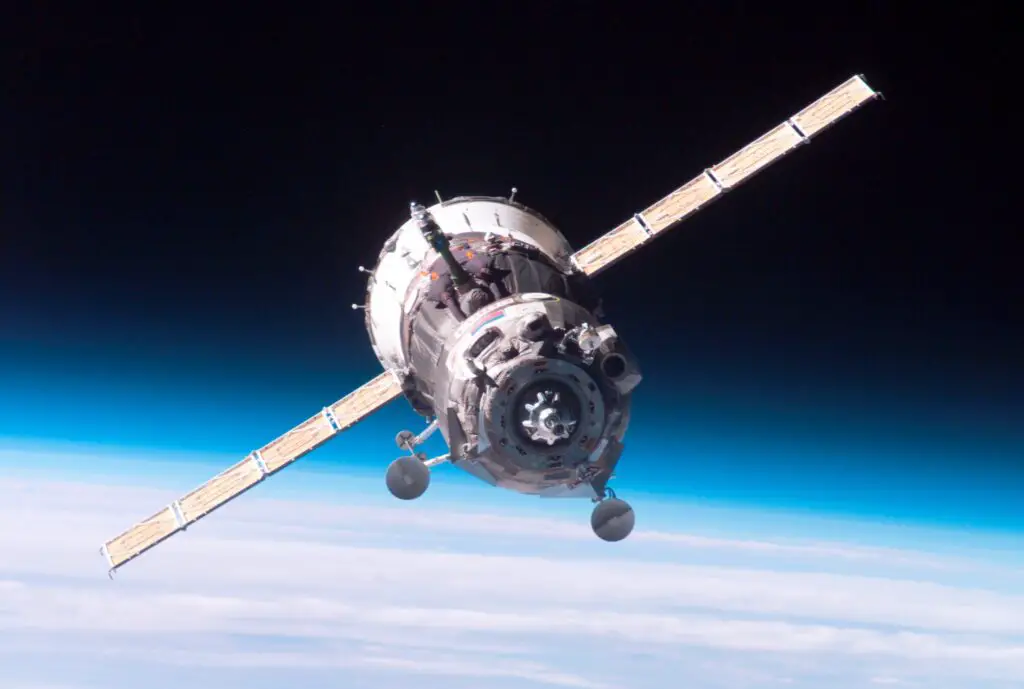
The retirement of the American Space Shuttle fleet in July 2011 marked yet another significant turning point in the history of spaceflight.
Since then, the five space organisations that built the International Space Station (ISS)—NASA, Roscosmos, JAXA, ESA, and CSA—have sent personnel into orbit using Soyuz rockets.
The first Soyuz ST-B rocket to be launched outside the former Soviet Union was carried aloft by the ESA on October 21 of the same year from its spaceport in French Guiana.
The Soyuz rocket has been at the centre of space exploration since its birth; its longevity is a monument to Korolev and his team.
It would have been beyond Koralev’s imagination that it would one day become the preferred means of transportation for both astronauts and cosmonauts going into space.
But the Soyuz rocket has evolved into a representation of a united humanity that is exploring the stars as a species, not merely of ambitious Soviet engineering or of Cold War technology.

